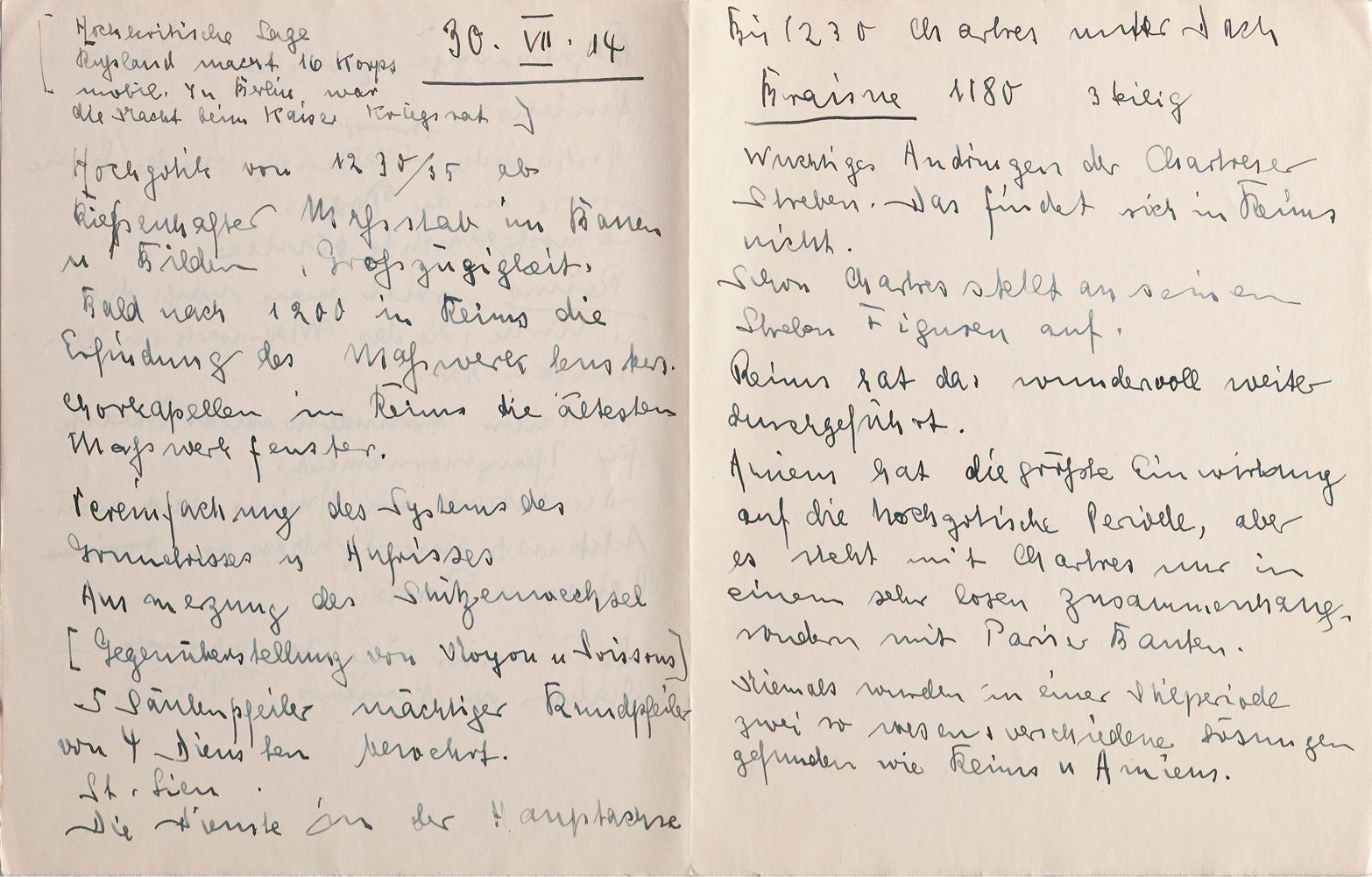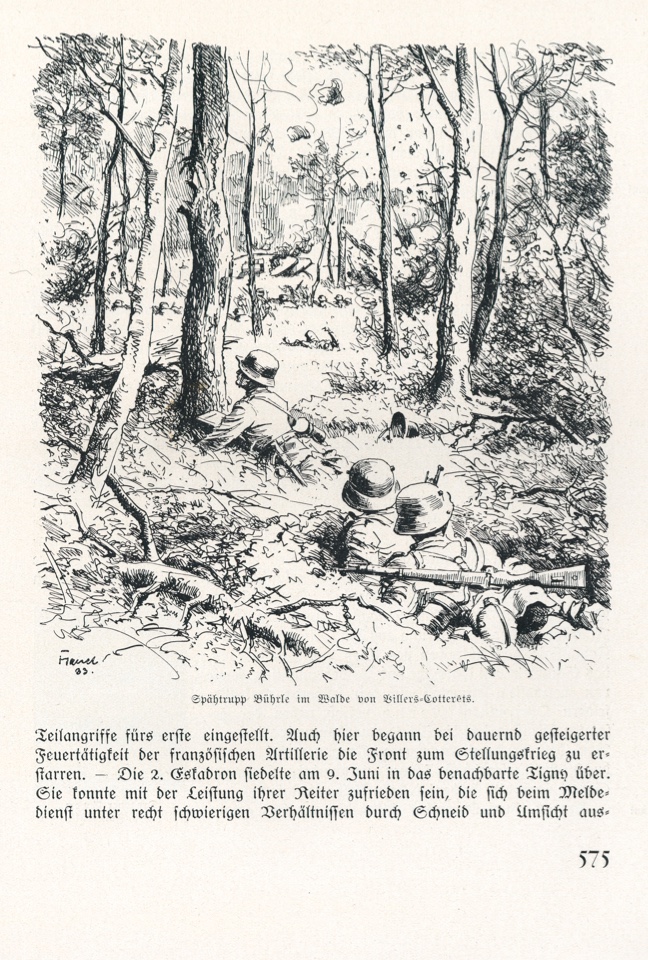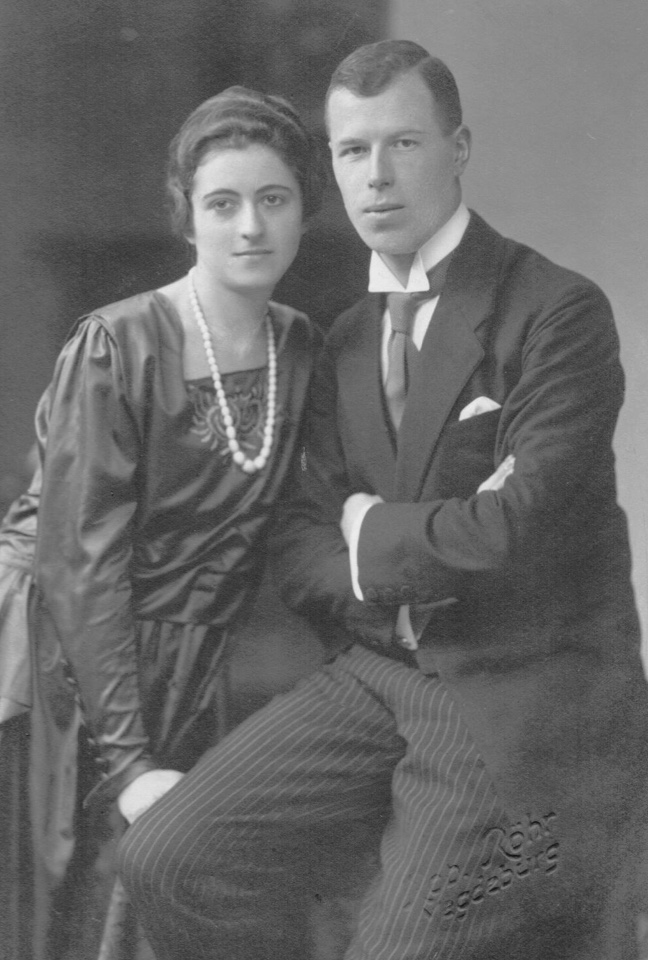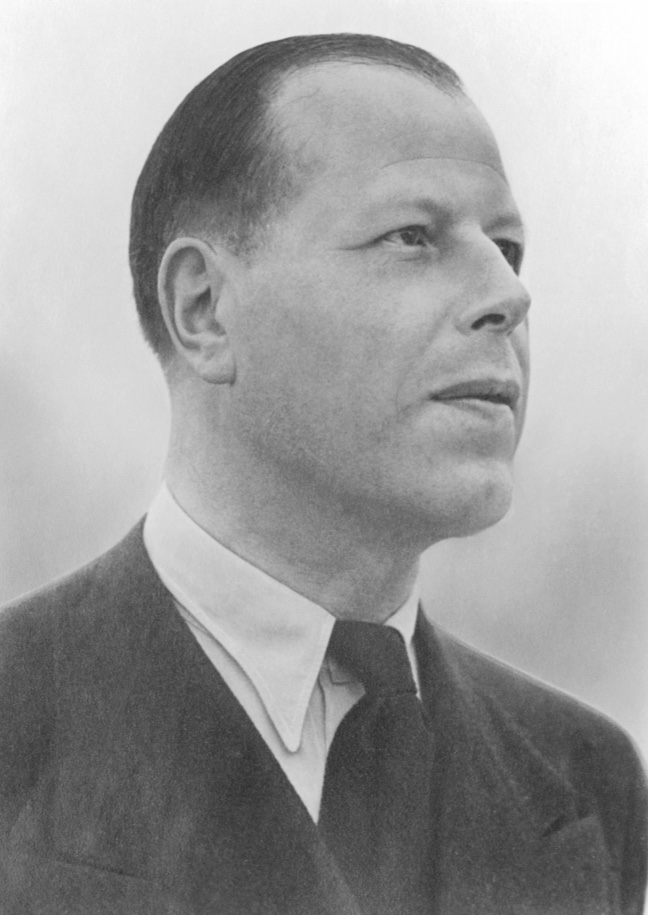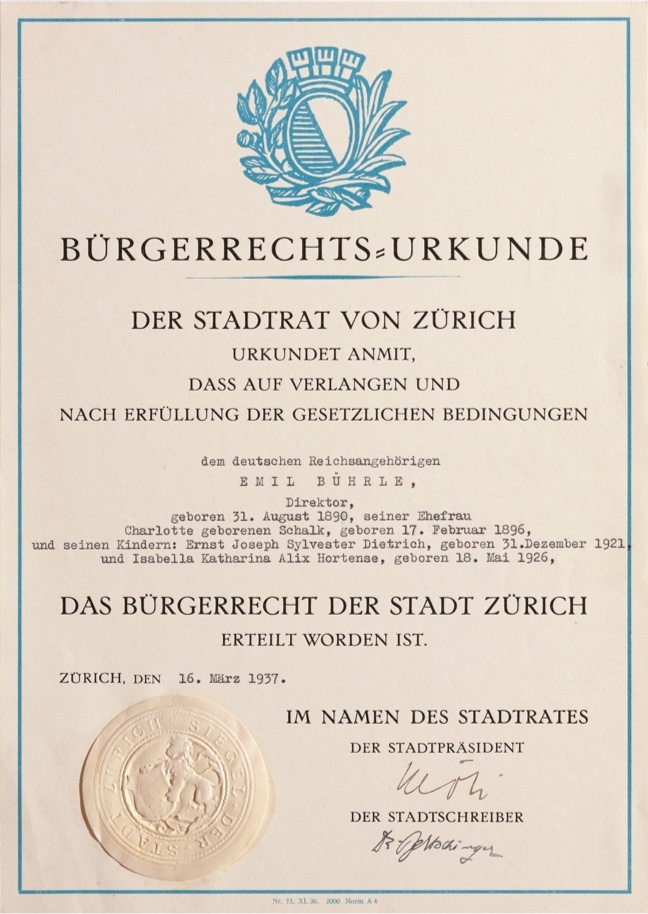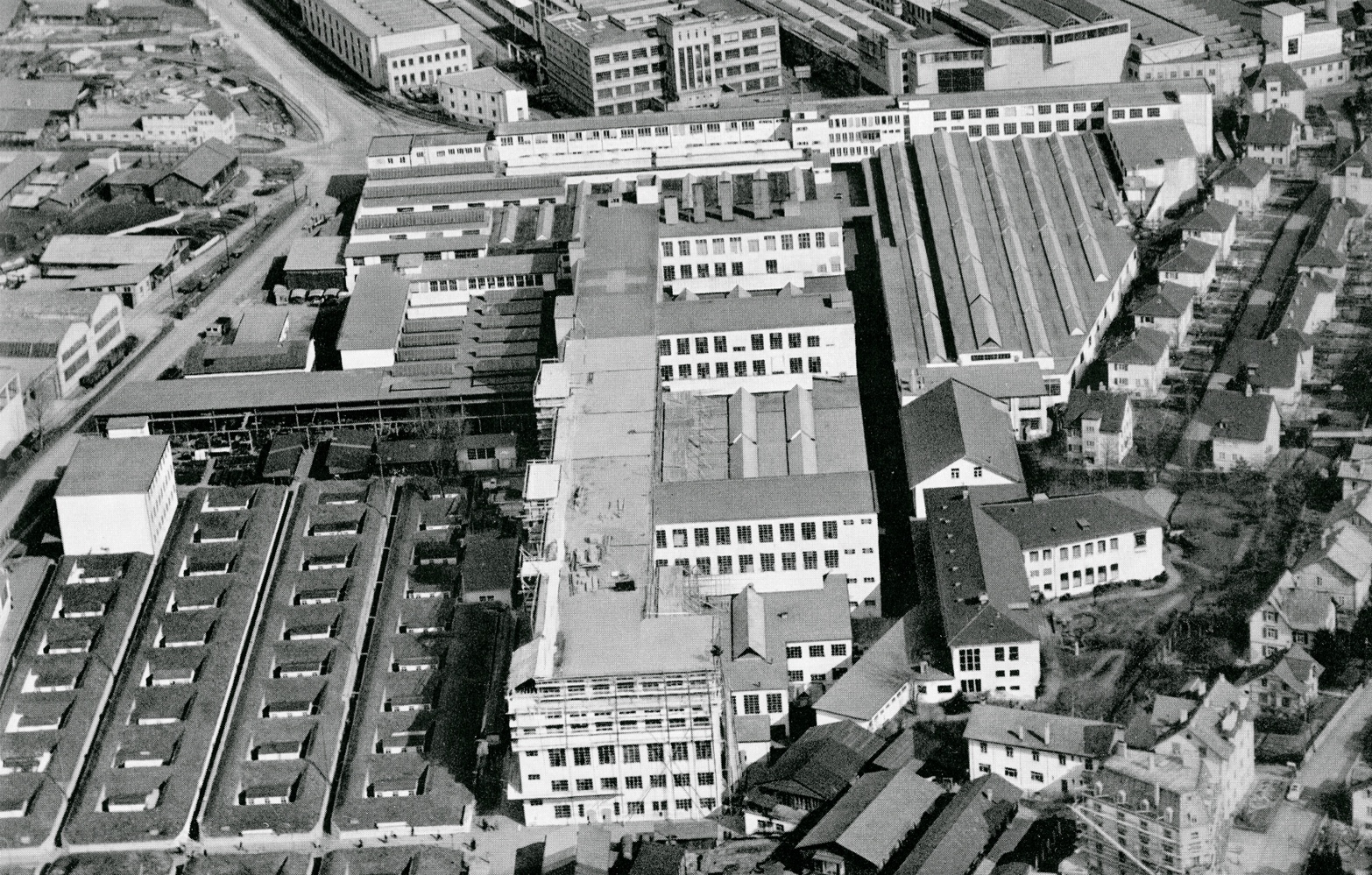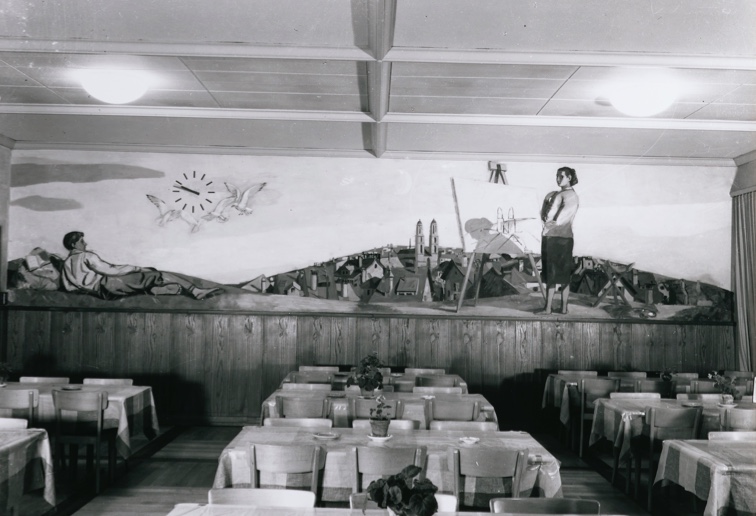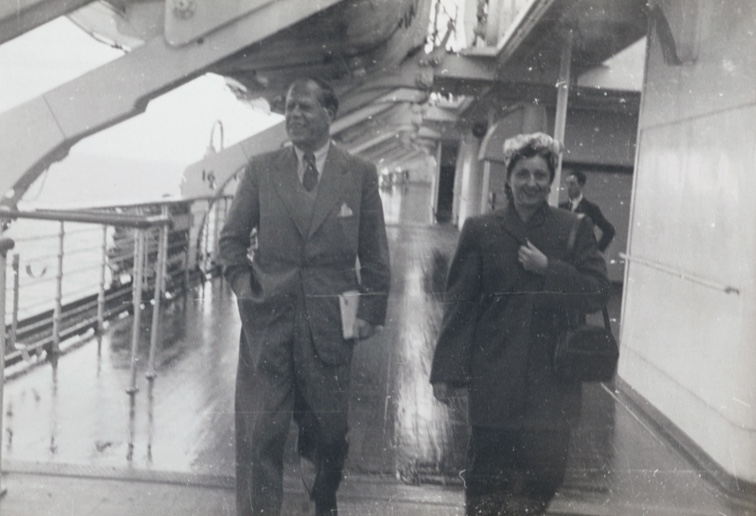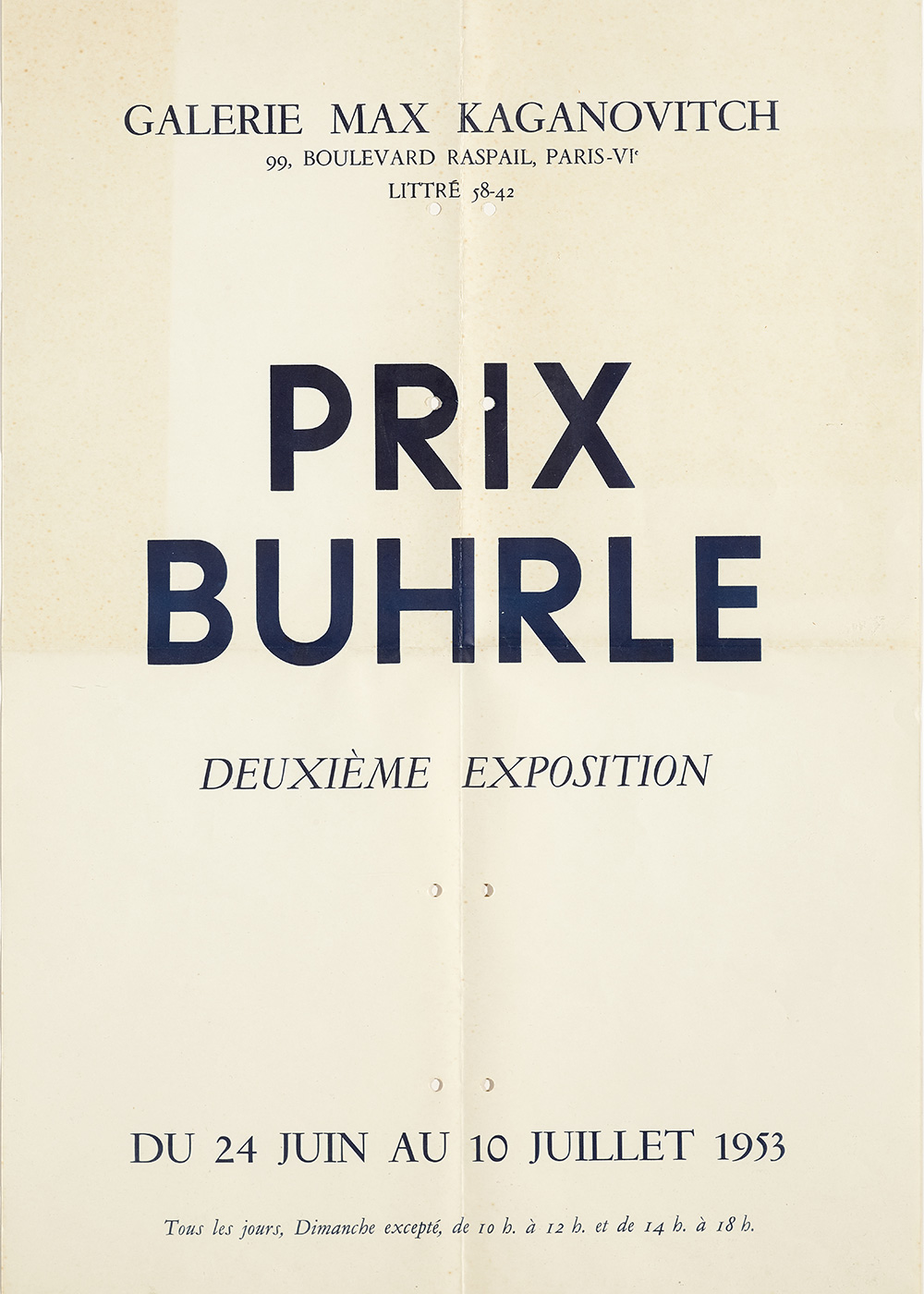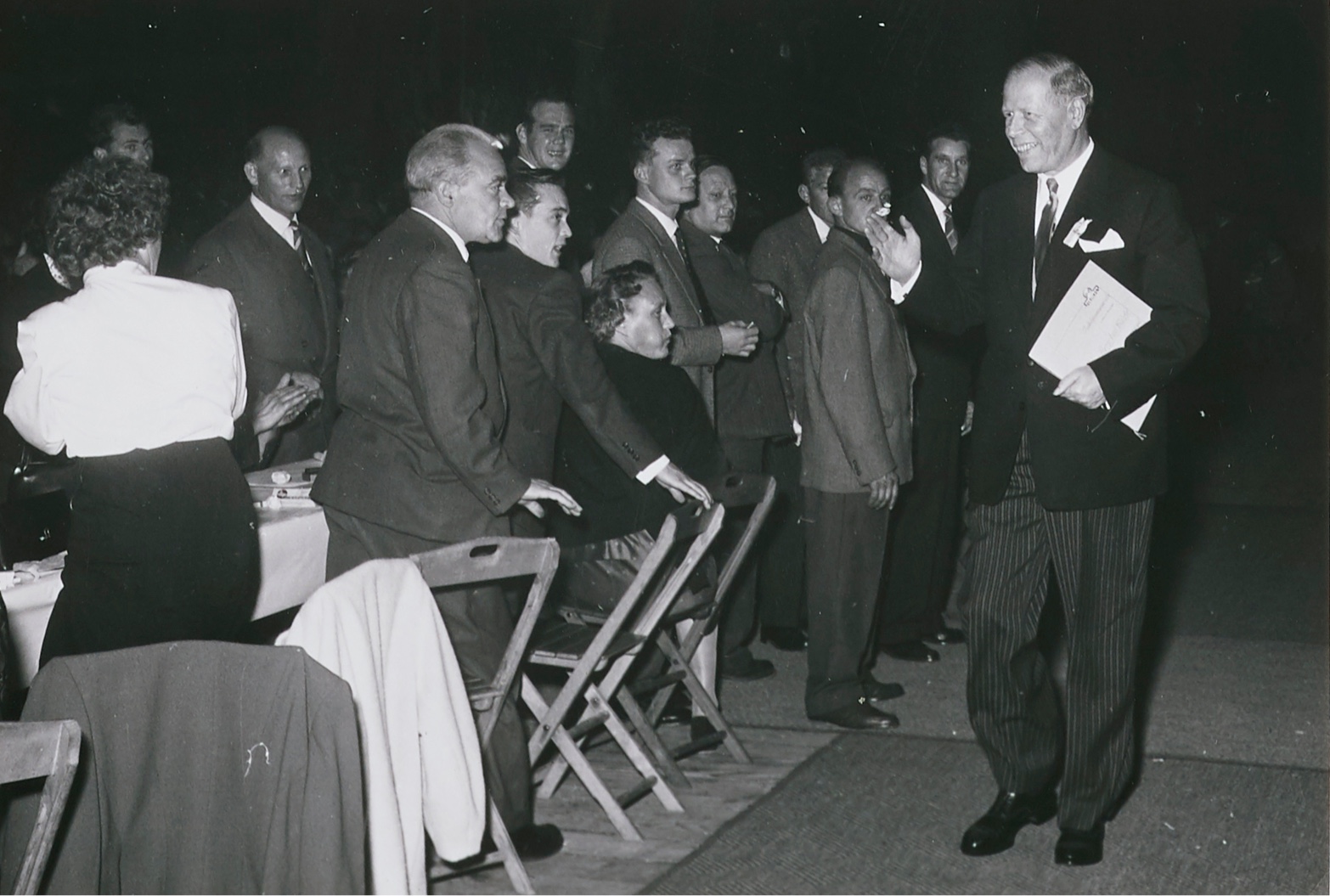Emil Georg Bührle
Arms manufacturer and art collector • 1890-1956
1890-1923: The early years, studies, First World War, family and professional life
31 August 1890: Emil Georg Bührle was born at Pforzheim in the South of Germany, the son of a civil servant. He first discovered his enthusiasm for art and literature at secondary school. He remained an active adherent of the Old Catholic faith held by his parents.
In 1909, Emil Bührle enrolled at the Grand Ducal Albert Ludwig University in Freiburg im Breisgau to study philology, attending lectures and courses on German and English literature. In the 1910-11 winter semester he signed up for lecture series on art history at the Ludwig Maximilian University in Munich and visited exhibitions and museums in the Bavarian capital. On his return to Freiburg, he regularly attended lectures on Gothic sculpture given by Professor Wilhelm Vöge. In 1913 he made a trip to Berlin that he was to remember for the rest of his life: for it was here, in the National Gallery, that he saw French Impressionist paintings for the first time. The purchase of the pictures had prompted a political dispute which led to the museum’s director being dismissed by the German Kaiser.
When the First World War broke out in August 1914, Emil Bührle was called up by the Third Baden Regiment of Dragoons. Promoted to the rank of lieutenant in July 1916, he took over the command of a machine-gun squad deployed on the battlefields of the German Eastern and Western fronts.
After the armistice of November 1918 and the collapse of the German Empire, parts of the German army remained mobilised in order to confront revolutionary unrest throughout the country. Emil Bührle was transferred with his unit to Magdeburg, where he was quartered in the house of the banker Ernst Schalk. He became engaged to Schalk’s daughter Charlotte in October 1919 and joined the Magdeburger Tool and Machine Factory, in which his father-in-law was a stakeholder. After his marriage in 1920, Emil Bührle transferred to a subsidiary of the Magdeburg factory in Stolberg, Harz, where he familiarised himself with the technical aspects of his new position.
1924-1939: Comes to Switzerland and becomes an entrepreneur
At the beginning of 1924 Emil Bührle was sent by his employer to Zurich, where he took over as head of the Swiss Machine Tool Factory Oerlikon which the Magdeburg firm had purchased the previous year. Shortly after his arrival, Bührle acquired the patent for a 20-mm gun developed by the German engineer Reinhold Becker who lived near Zurich. This step was taken in connection with Germany’s covert rearmament programme, which was moved to production sites in neutral foreign countries such as the Netherlands, Sweden and Switzerland after the 1919 Treaty of Versailles imposed an almost complete ban on the German armaments industry. With financial aid from the Military Command in Berlin, the Becker cannon was subsequently technically perfected in Oerlikon. Now with a family of four, Bührle spent these years living at various addresses in Zurich, expecting to return to Germany once his work in Switzerland was complete.
In 1929 Ernst Schalk became the majority shareholder in the company. Bührle, his son-in-law, had by this time acquired licensees in Italy, Germany and Japan; contracts in Europe and South America distributed the anti-aircraft guns from Oerlikon throughout the world. When Germany openly began to rearm under the Nazi regime, German armaments companies offered stiff competition for Switzerland’s export-dependent armaments industry. This rendered the large orders received by the Oerlikon factory from France and the United Kingdom all the more significant. In 1937 Emil Bührle became sole owner of the Werkzeugmaschinenfabrik Oerlikon Bührle & Co. (Machine Tool Factory Oerlikon Bührle & Co.). In the following year, a new article in the Swiss Constitution for the first time gave the Swiss Federal Council responsibility for controlling the production and export of war materiel.
In March 1937, Emil Bührle acquired Swiss citizenship and, in autumn of that year, moved into a large residence at Zollikerstrasse 178 in Zurich with his family. At the same time, his wife acquired the neighbouring house at Zollikerstrasse 172. It was partly occupied by her parents, who had moved to Switzerland, and was soon also used to store pictures. In 1939, the Hotel zum Storchen built by Emil Bührle was opened by the Limmat River in central Zurich.
1940-1950: Second World War and the post-war years
The German occupation of France in the summer of 1940 prevented Oerlikon Bührle & Co from continuing to supply the British and French armies. For political reasons and supported by the new article in the Swiss Constitution governing the origins and distribution of war materiel, the Swiss military authorities prompted Emil Bührle to supply Germany with guns and ammunition. Based on plans sold by Bührle to the British Admiralty before the war, Oerlikon guns were also produced in Britain and the United States at the same time. For large deliveries to the Axis powers, the Oerlikon factory at times employed well over 3,000 staff.
The wartime land use regulations for industrial companies prompted Emil Bührle to acquire agricultural land in the Maggia Delta in Ticino, where he established a model plant. The adjoining Castello del Sole was later converted into a hotel. In 1942, the Old Catholic church erected with Emil Bührle’s help was consecrated in Oerlikon. Bührle also contributed pictures and sculptures to decorate the interior of the church. At the same time, Bührle commissioned well known Swiss artists to paint murals in the canteen of his factory.
At the end of the war, Emil Bührle was confronted not only with a blanket export ban on war materiel, but also with the fact that his company figured on the Western Allies’ “black list”. However, even before official deletion from the list in 1946, experts from the British Army had Oerlikon Bührle & Co. demonstrate the latest developments. In 1947, Emil Bührle spent time in Chicago, where he conducted negotiations to supply the United States. As of 1949, the Federal Council unilaterally relaxed the export ban on war materiel towards the Western powers in order to position Switzerland in the incipient Cold War between the Eastern and Western blocs. In 1949 Emil Bührle established the Industrie- und Handelsbank Zürich (Industry and Trading Bank Zurich), which was headquartered in the Bleicherhof building owned by him.
1951-1956: International entrepreneur and patron of the Kunsthaus Zurich
Emil Bührle’s business now expanded into a diversified corporation with holdings in companies in Germany, Italy, Liechtenstein, India and Chile. Anti-aircraft systems manufactured in Italy and Sweden by its Contraves subsidiary were deployed by various NATO member states. The Pilatus aircraft factory in Stans developed a series of training aircraft for the Swiss Army. There were also successes with the manufacture of civilian products including braking systems, office equipment, textile machines and plastics. In 1953 extensive plants were constructed for Oerlikon Tools and Arms Corporation of America in Asheville, North Carolina. In October 1956, Emil Bührle celebrated the fiftieth anniversary of Werkzeugmaschinenfabrik Oerlikon with the employees of the company headquarters.
In 1951-52, Oskar Kokoschka painted a portrait of Emil Bührle. In 1952 and 1953 a competition for the «Prix Buhrle» was organised in Paris. Bührle did not make the selections himself as he would have done for his own collection, but appointed a jury consisting of representatives of Parisian artistic life. The winners were typical representatives of the Paris school, which was widely known at the time.
In 1952 Emil Bührle donated to the Kunsthaus Zürich two large water lily paintings by Claude Monet that he had chosen during a visit to Giverny the previous year. The paintings were paid for out of the building fund for the planned extension, which had already been used to finance the purchase of a copy of Auguste Rodin’s Gates of Hell for the Kunsthaus. Following a popular vote, construction of the exhibition gallery at Heimplatz donated by Emil Bührle to the Kunsthaus Zürich began in 1954. The benefactor’s collection was to be exhibited there for the opening, and Emil Bührle delayed decisions regarding a permanent presentation of his collection in view of this project.
28 November 1956: Emil Bührle died in Zurich, leaving neither a will nor instructions on what was to be done with his art collection.
